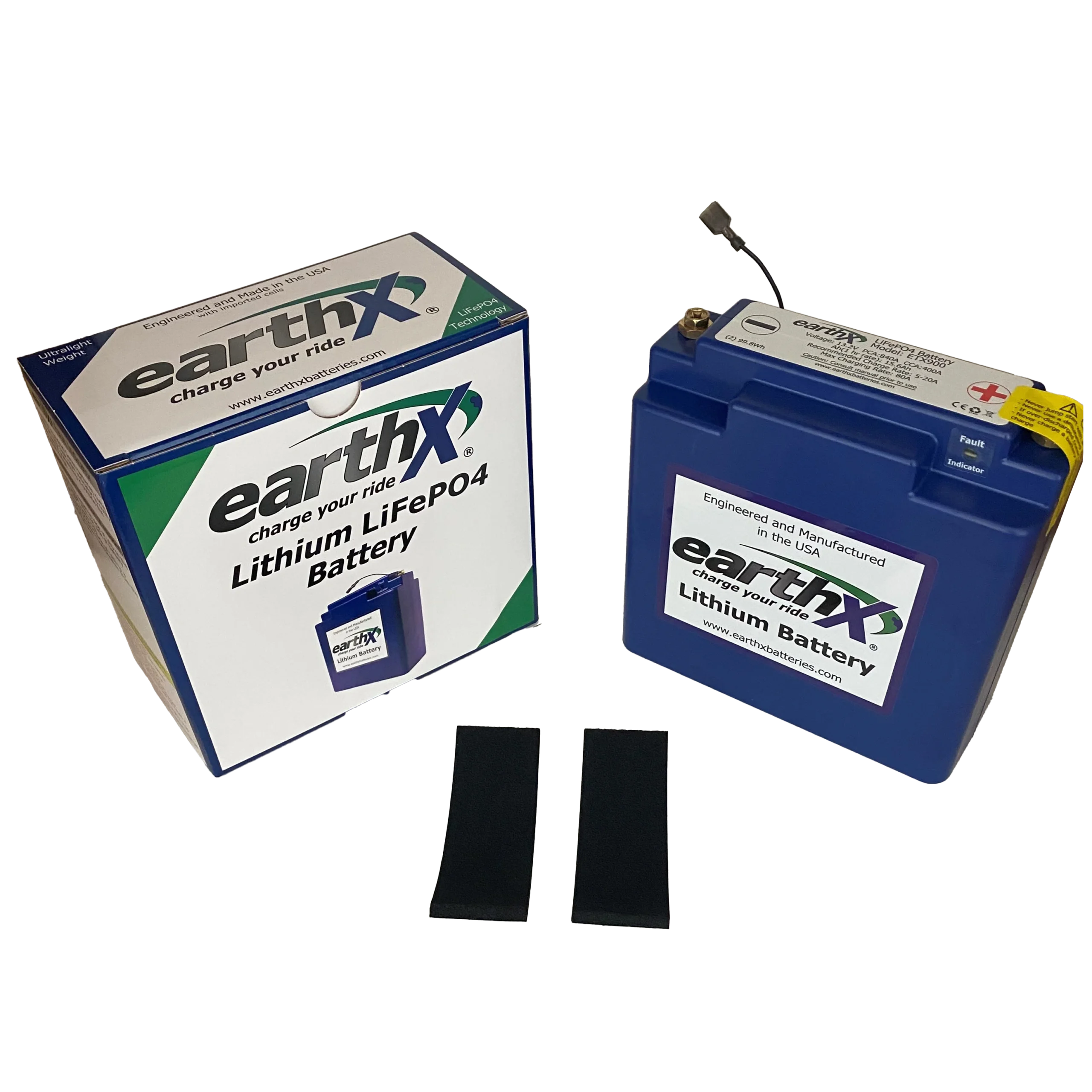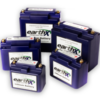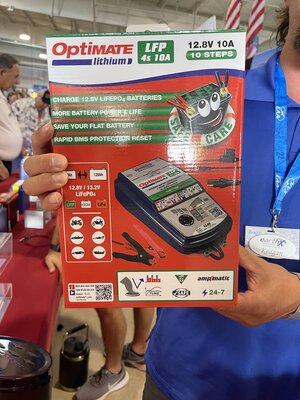- Joined
- Oct 31, 1996
- Posts
- 707
- Type aircraft owned
- Carbon Cub FX-3
- Base airport
- KFCI
- Ratings
- COMM, IFR, MEL, SEL
I spoke with the EarthX folks at Oshkosh (2023) about the venting requirement for an EarthX battery. CubCrafters runs a vent tube from the battery box to the actual vent(s) on the battery to outside. For someone like me that has the "upgraded" SBS-J16 starter battery we don't have a vent line and I wanted to understand the requirement for it. The reason for the vent is the rare case of a thermal runaway in the battery which produces a lot of smoke which for some cockpits/cabins they don't have the option of opening a window, canopy, etc. The vent line requirement is for certified aircraft or if you so choose to have this. You can buy an EarthX battery for experimental aircraft that does not have the vents. It also has a monitor that you can wire into the GEA24 to show a CAS alert on the G3X if the voltage is exceeding the threshold to alert you as needed.
I then asked about a battery tender for this type of battery (LifePO4). While typically not needed I told him I go on motorhome trips and my plane does have a parasitic drain. You can either use a tender (below) or disconnect the battery altogether.

 earthxbatteries.com
earthxbatteries.com
Amazon product ASIN B07NSKTNKX

I then asked about a battery tender for this type of battery (LifePO4). While typically not needed I told him I go on motorhome trips and my plane does have a parasitic drain. You can either use a tender (below) or disconnect the battery altogether.

ETX900 Lithium Battery for experimental aircraft | EarthX
The ETX900 is an outstanding lithium battery that will deliver 840 cranking amps, 15.6 amp hours, and weighs under 5 pounds! Order yours today.
Amazon product ASIN B07NSKTNKX






